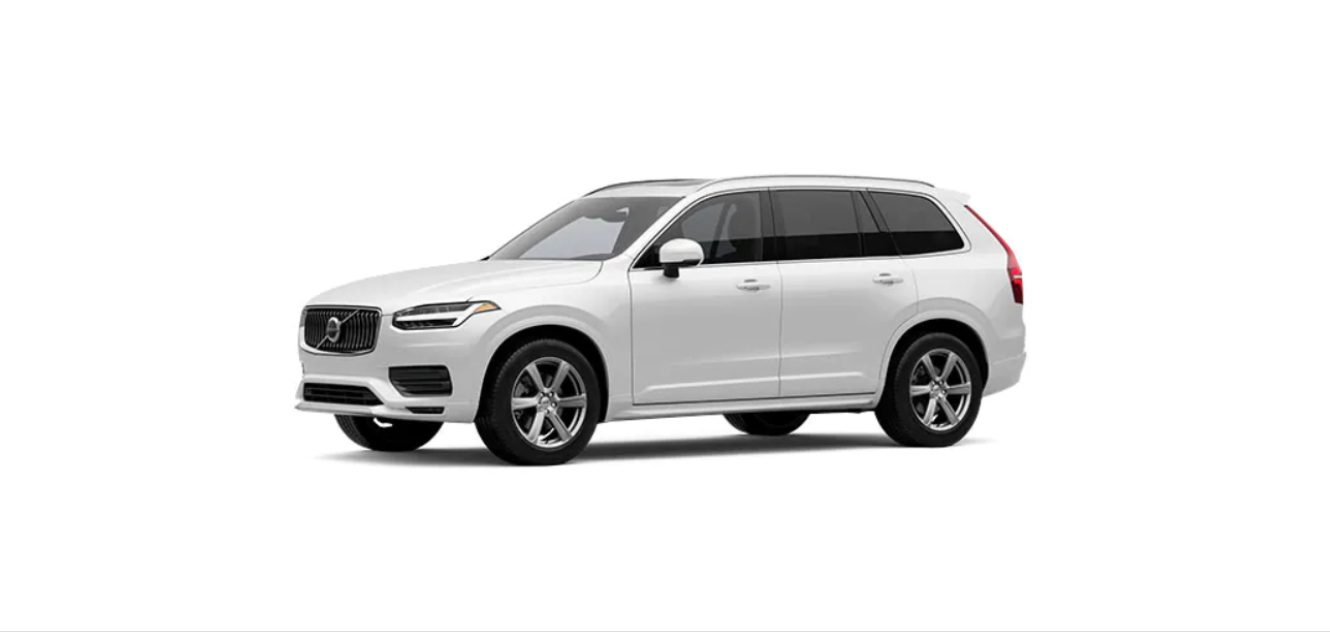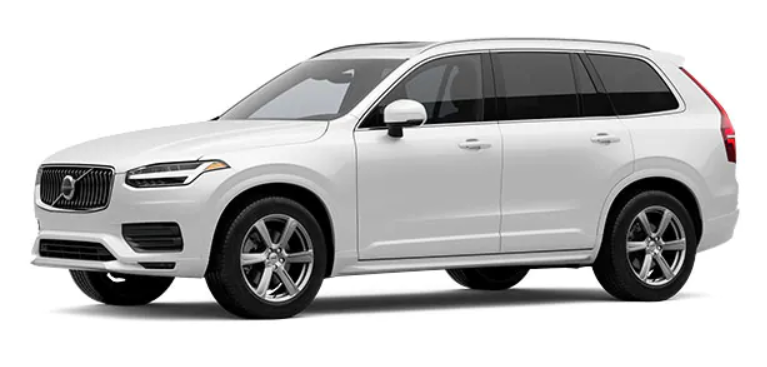- Acoustic signal in the event of a risk of collision
- Warning signal in the event of a risk of collision
- Distance measurement with the camera and radar units
The driver or passengers are not normally aware of the function – it only intervenes in a situation where a collision is immediately imminent.The function can help the driver to avoid a collision when driving in queues, e.g. when changes in the traffic ahead, combined with a lapse in attention, could lead to an incident. The function then activates a short, sharp braking procedure, normally stopping the car just behind the vehicle in front.The function cannot be deactivated but is always activated.
Subfunctions
Assistance at risk of collision can perform the following steps if necessary:
- Collision warning
- Assisted braking
- Automatic braking
- Steering assistance
If there is a risk of collision with a pedestrian, cyclist, large animal or a vehicle then the driver’s attention is alerted to it by means of a visual, acoustic and brake pulse warning. There is no brake pulse warning in the event of sudden driver braking or acceleration. The brake pulse frequency varies according to the car’s speed.
If the driver has not started to take evasive action and the risk of collision is imminent then the automatic braking function is deployed – this takes place irrespective of whether or not the driver brakes. Braking then takes place with full brake force in order to reduce collision speed, or with limited brake force if it is sufficient to avoid a collision.The seatbelt tensioner can be activated in connection with the engagement of the automatic brake function.The function is designed to be activated as late as possible in order to avoid unnecessary intervention. Automatic braking takes place only after or at the same time as the collision warning.When brake assistance has prevented a collision with a stationary object, the car remains stationary in anticipation of positive action by the driver. If the car has been braked to avoid collision with a slower vehicle in front its speed is reduced to match that of the vehicle in front.The driver can always interrupt a braking intervention by firmly depressing the accelerator pedal.When the function is activated and brakes, the brake lights are switched on. The driver display shows a text message advising that the function is or has been active.
The function can help the driver reduce the risk of the car leaving its lane unintentionally or colliding with another vehicle or obstacle by actively steering the car back into its lane or swerving. Steering assistance does not occur in sequence but can take place regardless of when the other elements occur.After automatic engagement, the driver display indicates that this has occurred via a text message.
It is always the driver who decides how much the car should steer – the car can never take command.
Warning
- The function is supplementary driver support intended to facilitate driving and make it safer – it cannot handle all situations in all traffic, weather and road conditions.
- The driver is advised to read all sections in the Owner’s Manual that relate to this function to learn about factors such as its limitations and what the driver should be aware of before using the system.
- Driver support functions are not a substitute for the driver’s attention and judgement. The driver is always responsible for ensuring the car is driven in a safe manner, at the appropriate speed, with an appropriate distance to other vehicles, and in accordance with current traffic rules and regulations.
Detection of obstacles with assistance at risk of collision
In order for the function to be able to detect a vehicle in the dark, the vehicle’s front and rear lights must be working and clearly illuminated.
Good performance requires that the camera and radar units that detect a cyclist must receive the clearest possible information about the body and bicycle outline, requiring the ability to identify the bicycle, head, arms, shoulders, legs, upper and lower body plus a normal human pattern of movement.If large parts of the cyclist’s body or bicycle are not visible to the function’s camera then the system cannot detect a cyclist.For the function to be able to detect a cyclist, he/she must be an adult and riding a bicycle designed for adults.
The function is a supplementary driver support, but it cannot detect all cyclists in all situations and, for example, cannot see:
- partially obscured cyclists.
- cyclists if the background contrast for the cyclists is poor.
- cyclists wearing clothing that obscures the body outline.
- bicycles loaded with large objects.
Good performance requires that the camera and radar units that detect a pedestrian must receive the clearest possible information about the body outline, requiring the ability to identify the head, arms, shoulders, legs, upper and lower body plus a normal human pattern of movement.In order that it shall be possible to detect a pedestrian there must be a contrast with the background and this will be affected by such things as clothes, the background and the weather. With poor contrast the pedestrian may either be detected late or not at all, which may mean that warnings and braking are late or omitted.The function can also detect pedestrians in the dark if they are illuminated by the car’s headlamps.
The function is a supplementary driver support, but it cannot detect all pedestrians in all situations and, for example, cannot see:
- partially obscured pedestrians, people in clothing that hides their body contour or pedestrians shorter than 80 cm (32 tum).
- pedestrians if the background contrast for the pedestrians is poor.
- pedestrians who are carrying larger objects.
Good performance requires that the system function that detects a large animal (e.g. elk and horse) must receive the clearest possible information about the body outline, requiring the ability to identify the animal directly from the side in combination with what is a normal pattern of movement for the animal.If parts of the animal’s body are not visible to the function’s camera then the system cannot detect the animal.The function can also detect large animals in the dark if they are illuminated by the car’s headlamps.
The function is supplementary driver support, but it cannot detect all large animals in all situations and, for example, cannot see:
- partially obscured large animals.
- larger animals seen from the front or from behind.
- large animals that run or move quickly.
- large animals if the background contrast for the animals is poor.
- small animals such as dogs and cats, for example.
Warnings and brake interventions could be late or not occur at all. The driver is always responsible that the vehicle is driven correctly and with a safety distance adapted to the speed.




